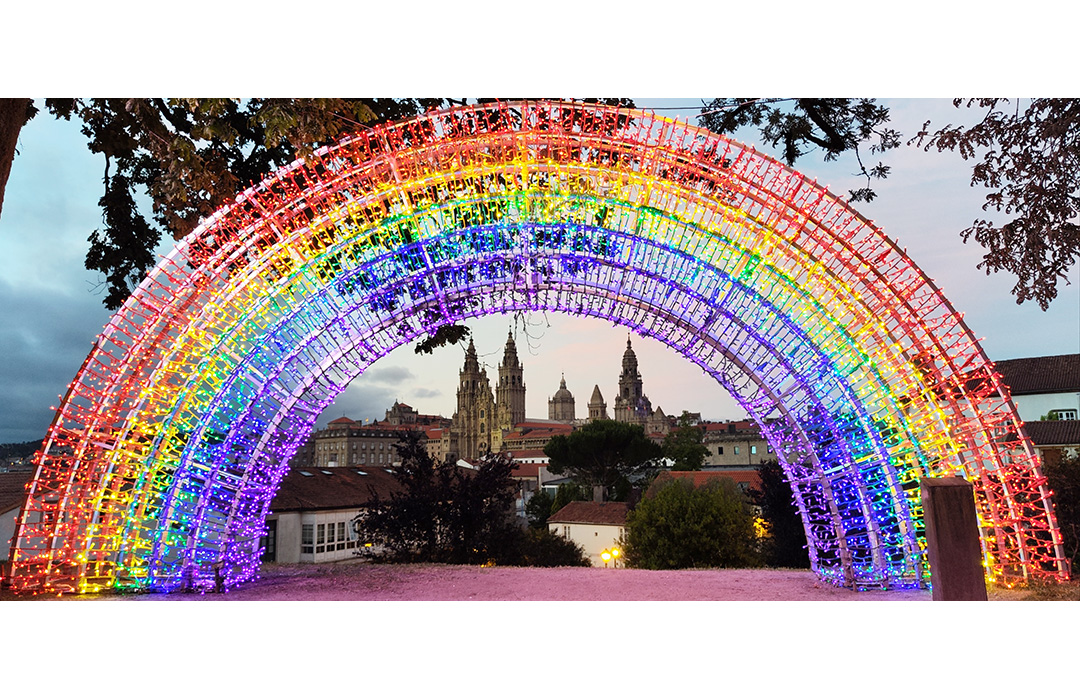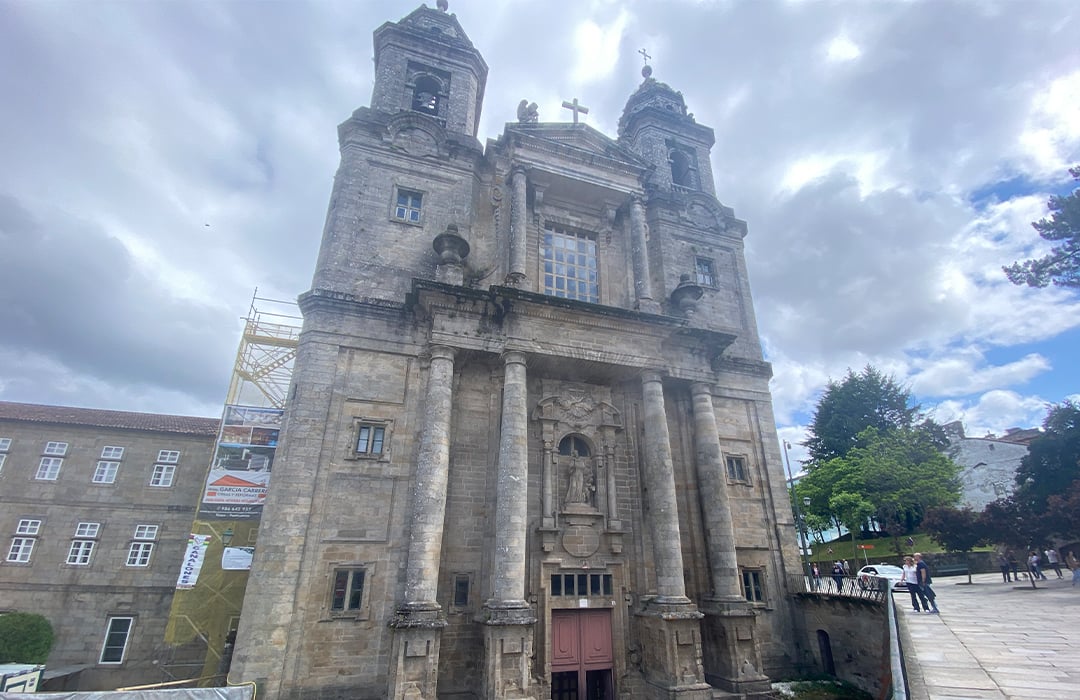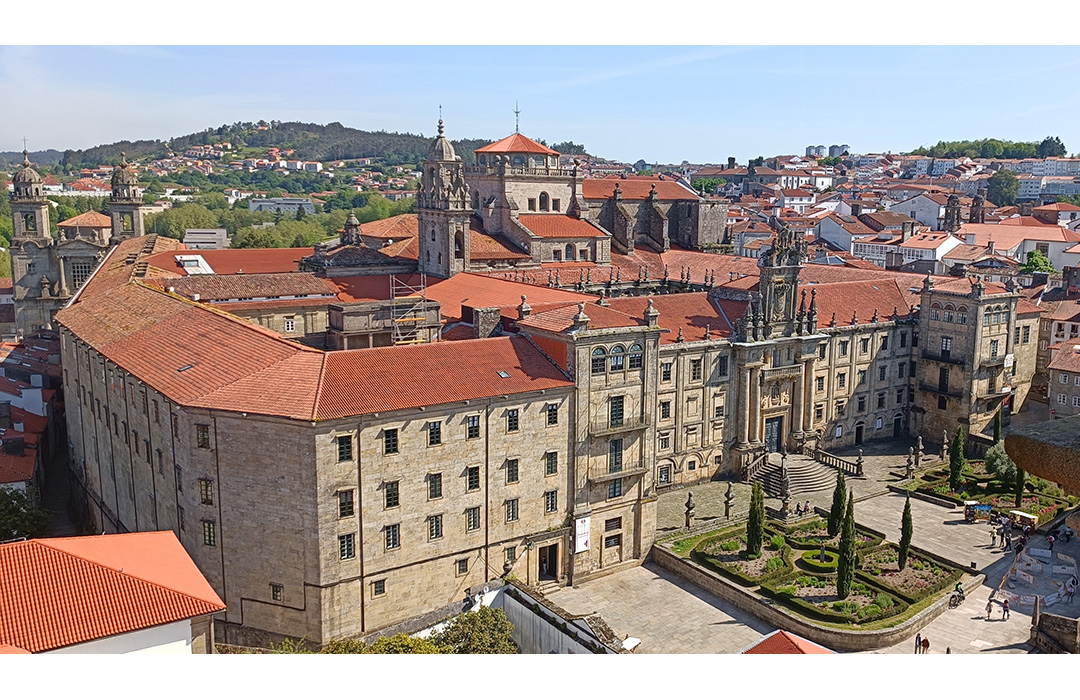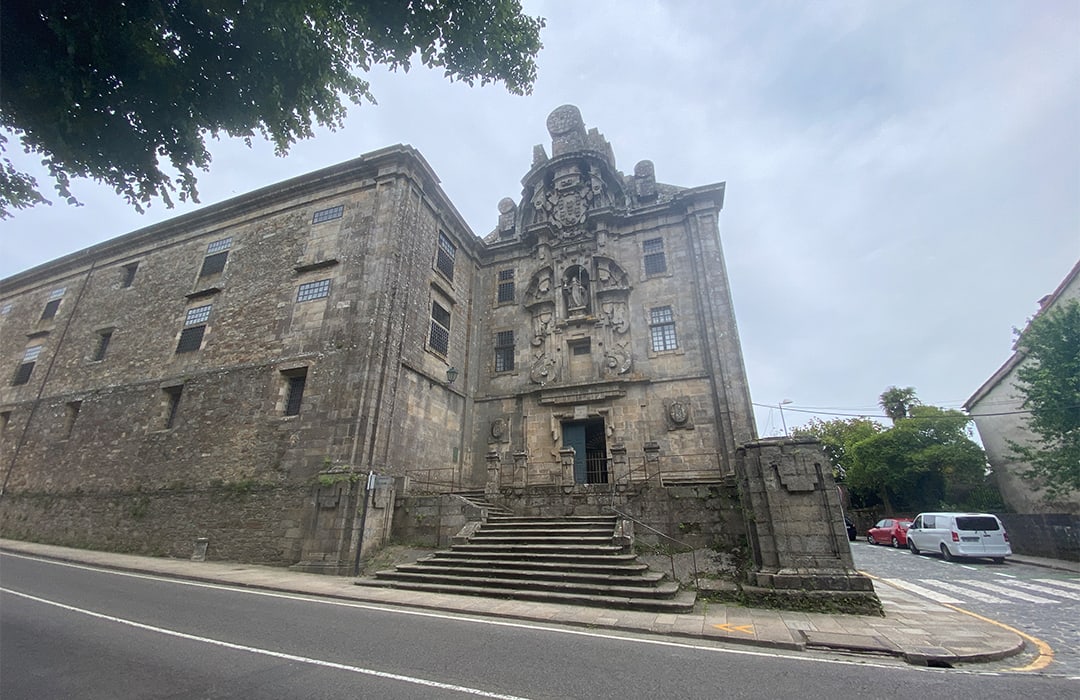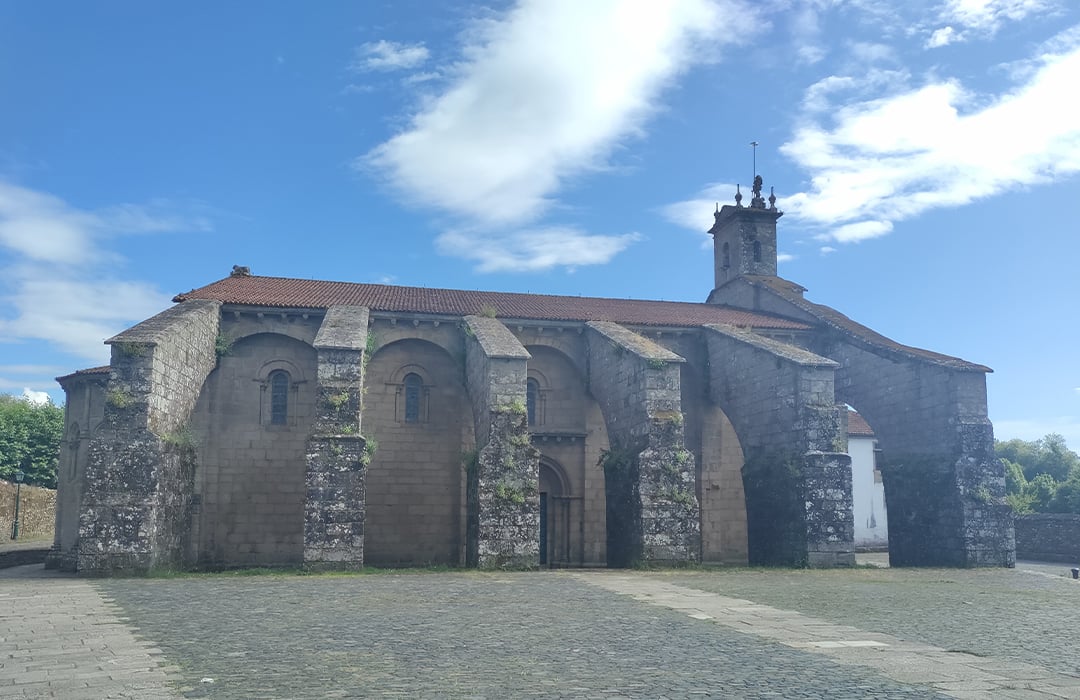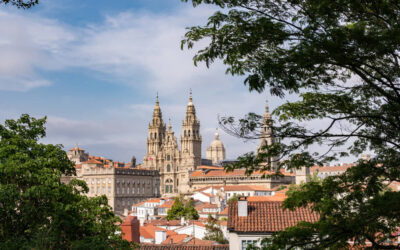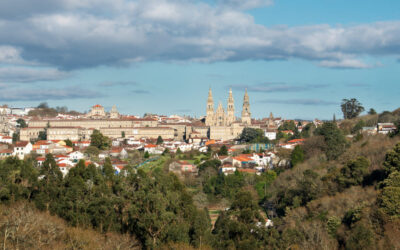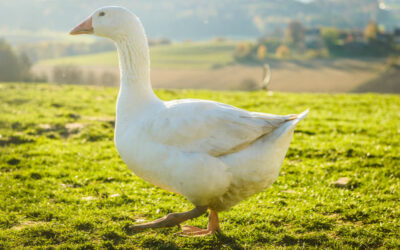Discover
Compostela
I LOVE COMPOSTELA brings you closer to the history, gastronomy and places of interest of Santiago de Compostela, the city that enchants millions of visitors every year.
Discover
Compostela
I LOVE COMPOSTELA brings you closer to the history, gastronomy and places of interest of Santiago de Compostela, the city that enchants millions of visitors every year.
Museums
Parks
Churches
of interest
Gastronomy
Churches
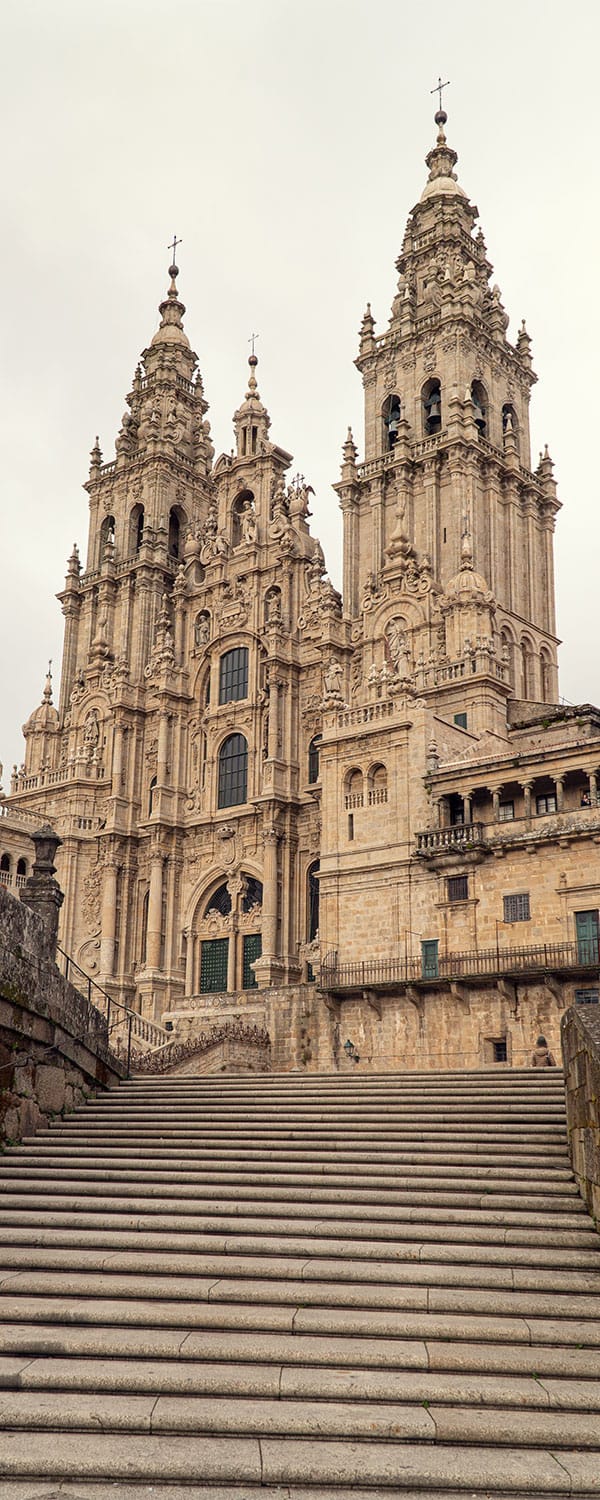
Museums
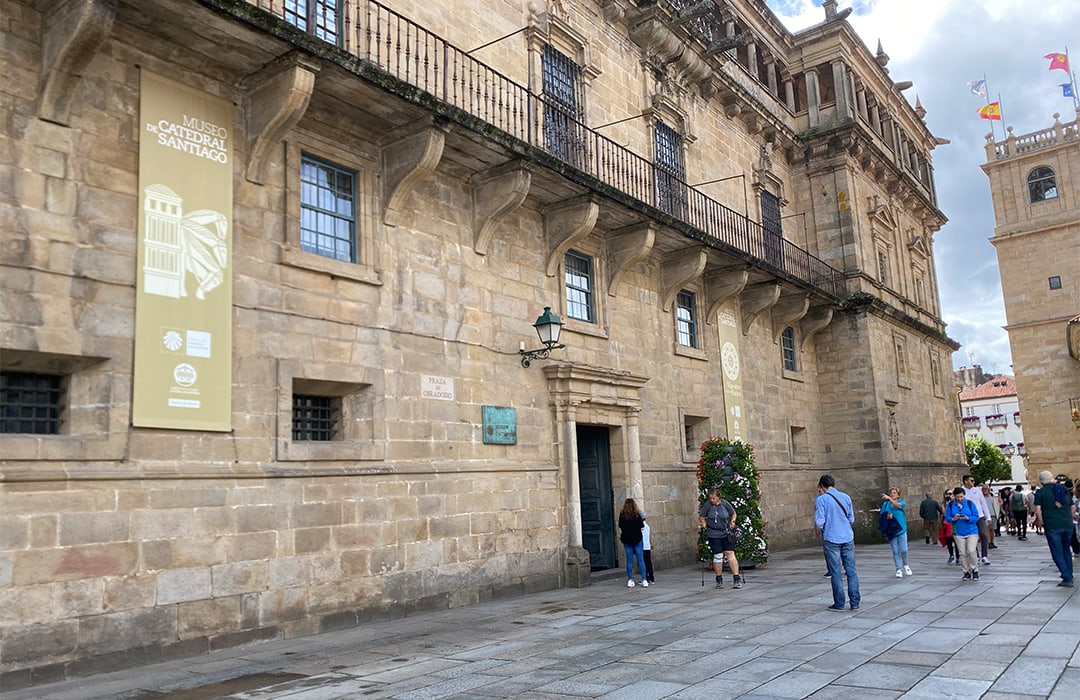
Cathedral Museum
Santiago Cathedral
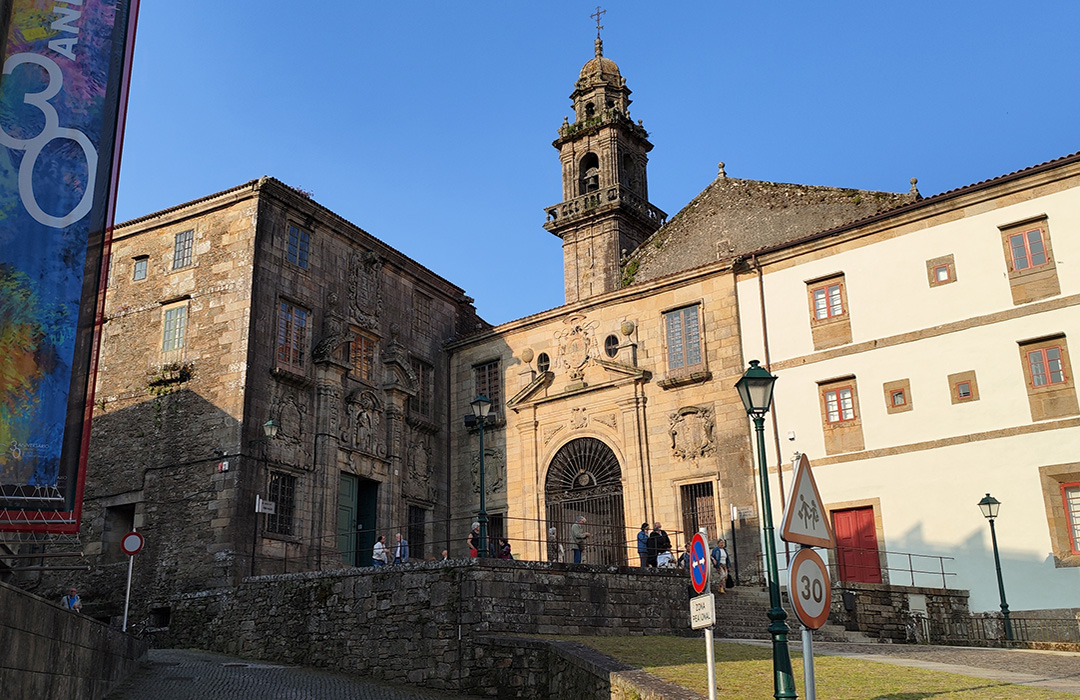
Museum of the Galician People
Costa de San Domingos, 3
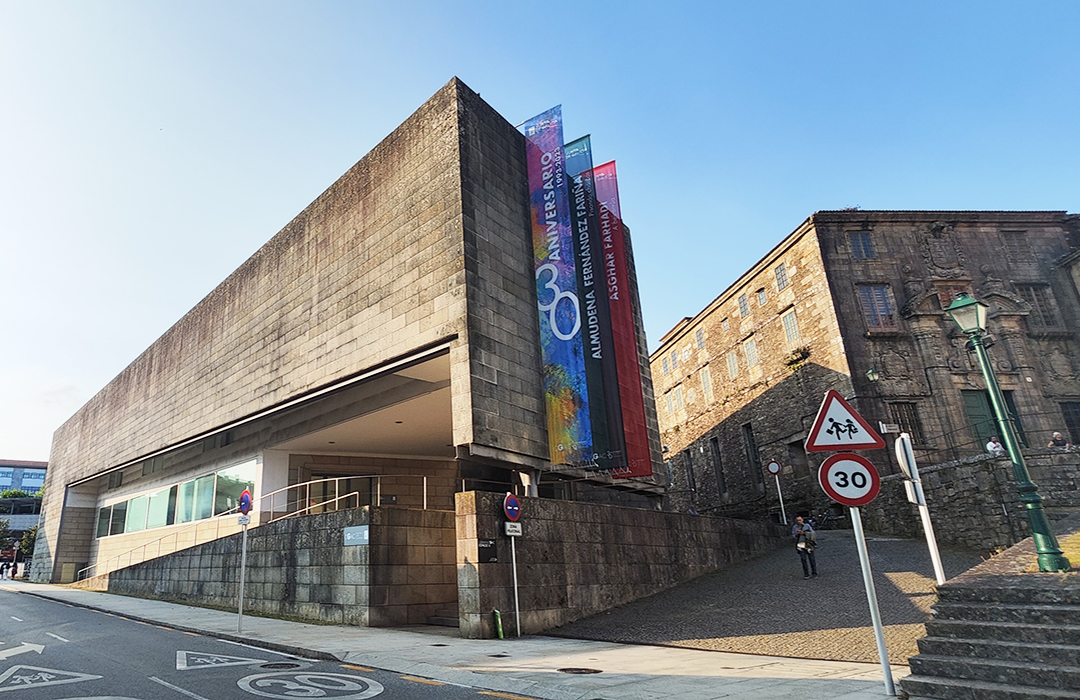
Galician Center of Contemporary Art
Rúa Ramón del Valle Inclán, 2
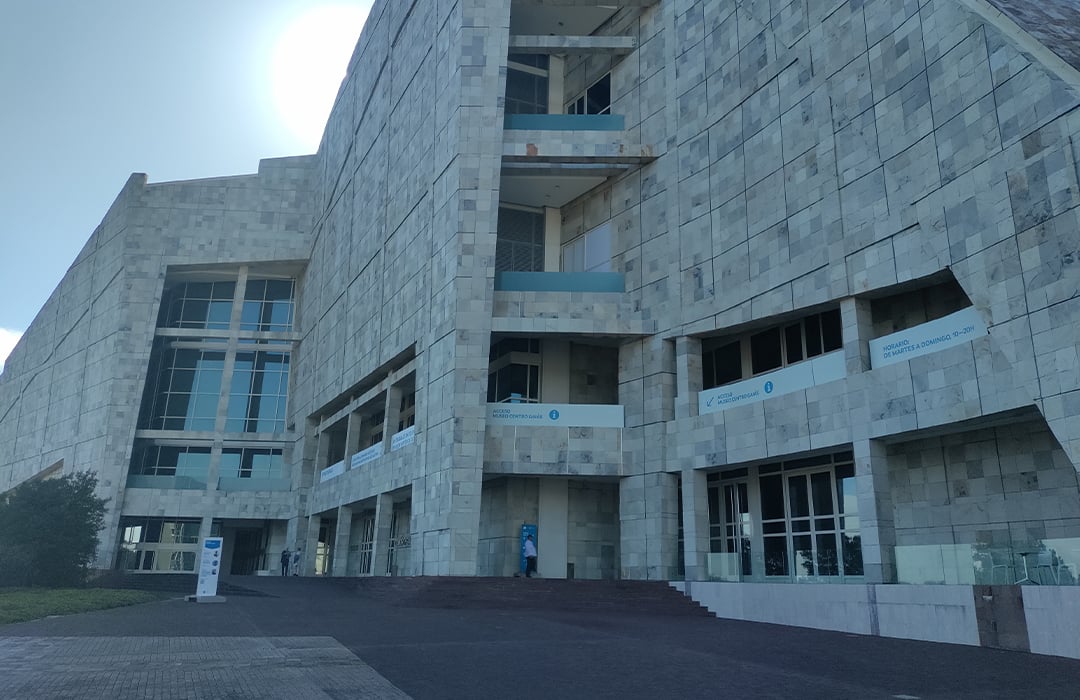
Gaiás Center Museum
City of Culture of Galicia
Parks of Santiago de Compostela
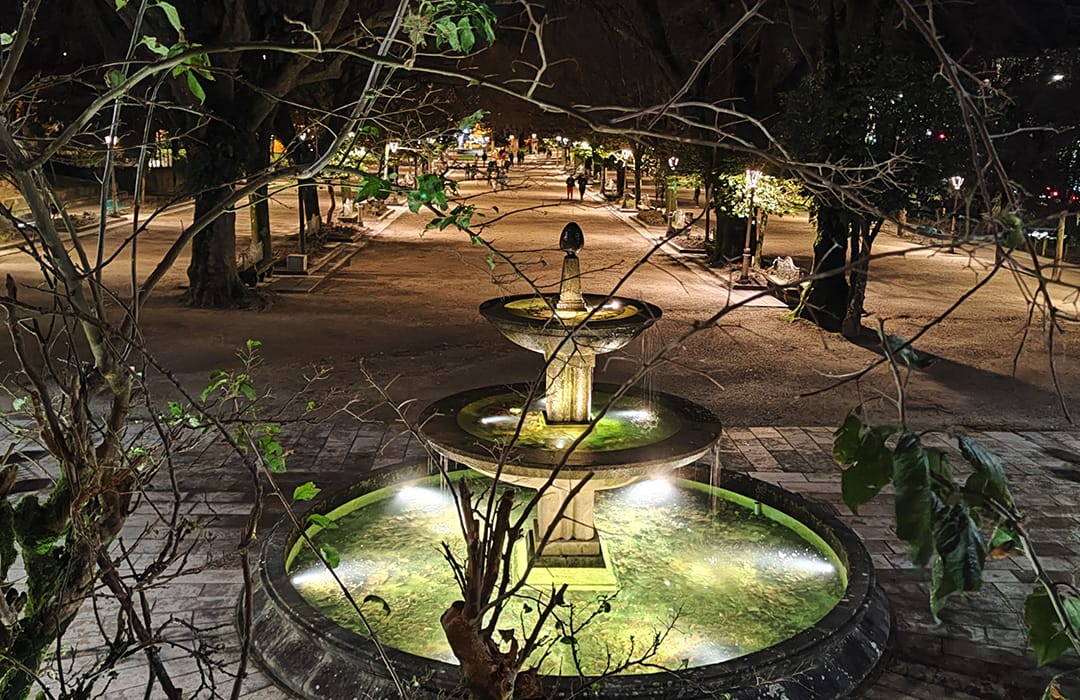
Alameda
Area: 85,000 m2
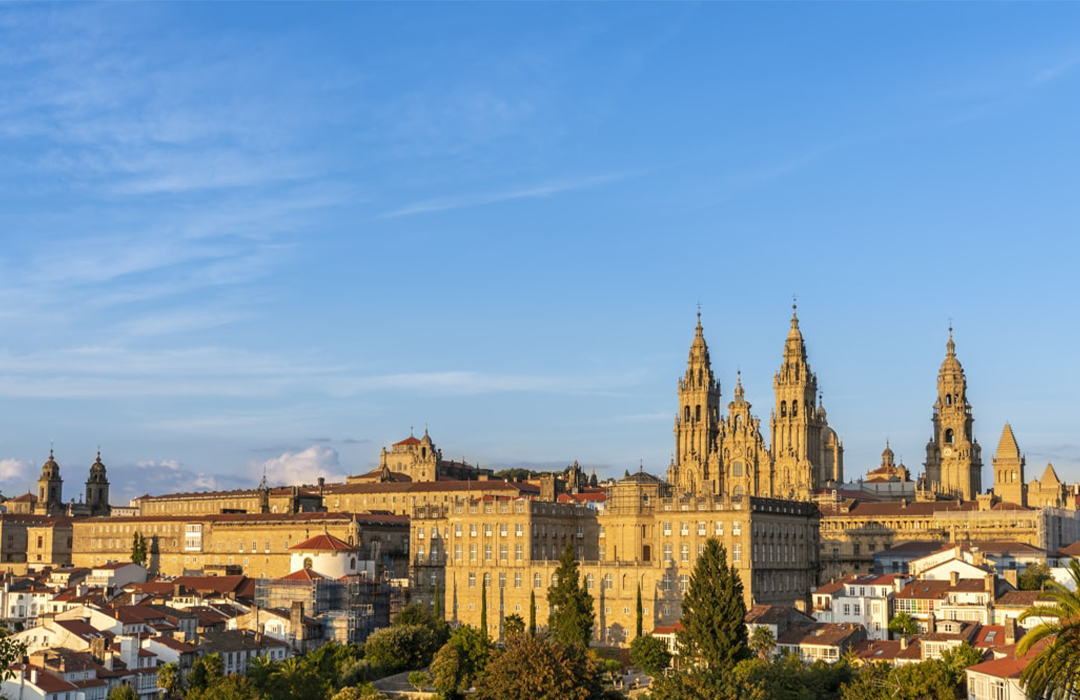
Belvís Park
Area: 30,604 m2
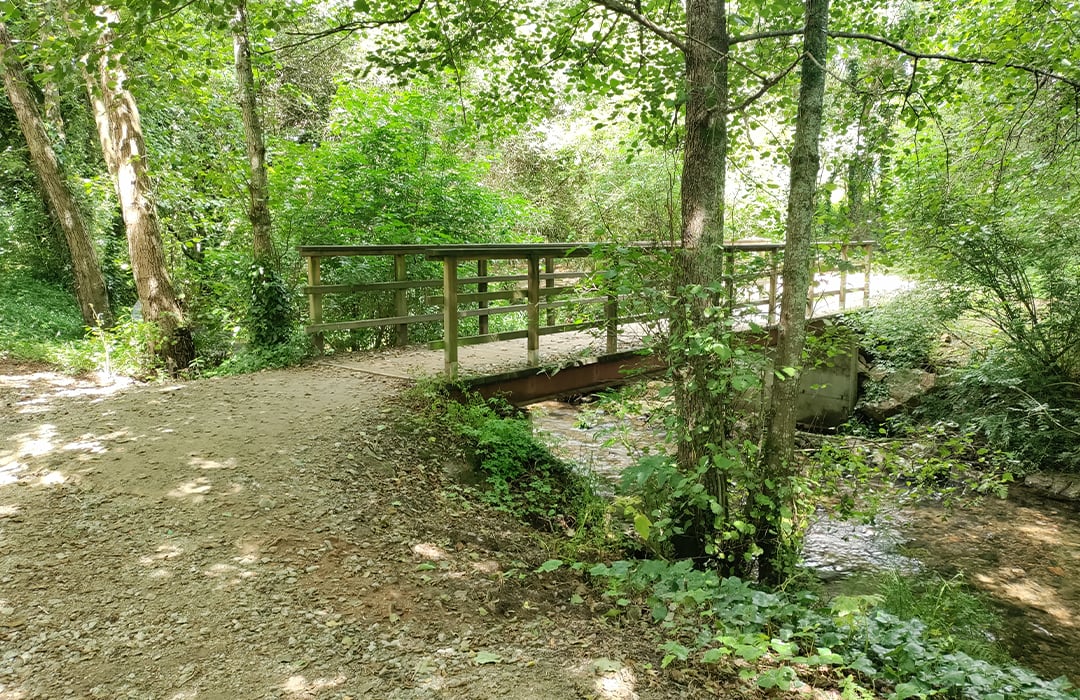
Brañas do Sar
Length: 4,418 m.
Other points of interest
News
What to do in October in Santiago de Compostela
A new month is here, and with it comes a fresh round of cultural events to liven up your fall. We’ve put together the full list so you’ll know exactly what to do in Santiago de Compostela this October—whether you live here or are just visiting.
What to do in September in Compostela
September is a month of new beginnings. The return to school, the start of classes and the end of summer make it a busy period. But that does not mean that, in Santiago,...
The game of the goose and the Way of St. James: an unexpected guide
What if those afternoons of “goose to goose and shoot because it’s my turn” had been, without knowing it, a small Camino de Santiago in your own home? For years a hypothesis as suggestive as popular has been circulating: the game of the goose would be a symbolic map of the Jacobean route, designed by the Templars to codify stages, aids and dangers of this route. What’s true? Here we review the documented history of the game and the keys to this particular theory.



